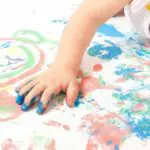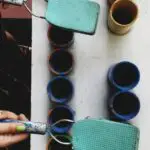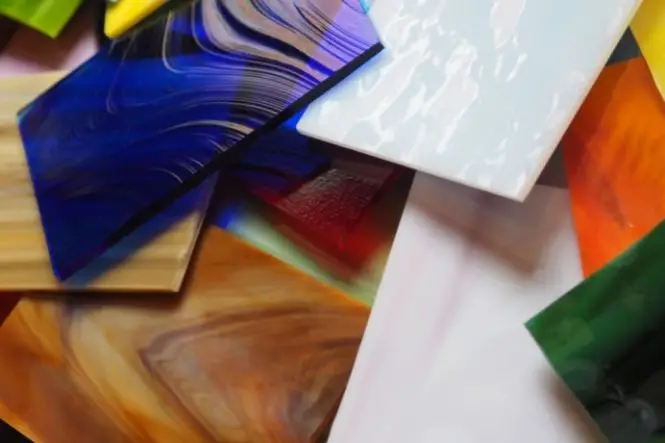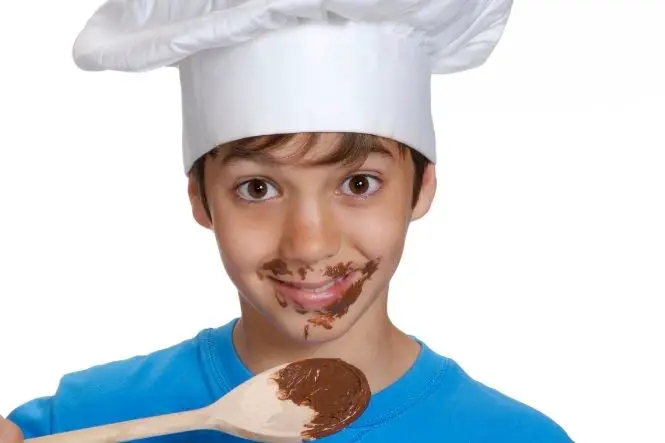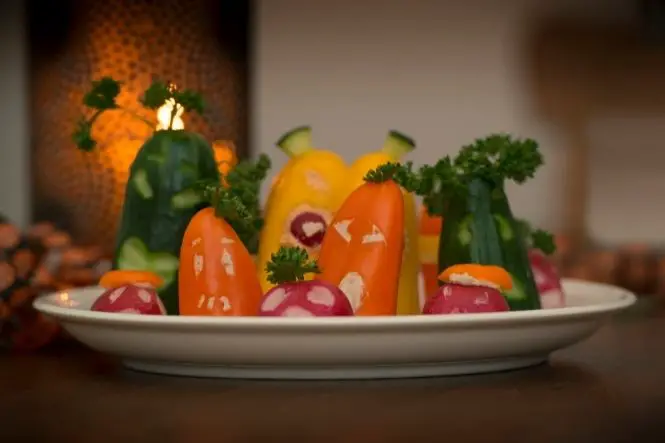Arts and crafts for older kids mean lots of new and exciting projects to get stuck into. Older kids are working hard in full-time education and kids crafts offer a wonderful way to relax. Parents may have returned to work after a career break, so this is a great chance to spend quality time together. Topics covered in school are ideal springboards for many activities at home. At this age, kids crafts tend to become more specific because they hold a child’s attention for a longer period of time. Painting and sticking become part of a particular project instead of stand alone arts and crafts. There is less need for continuous parental supervision but care should still be taken with sharp objects or any potentially dangerous substances.
Table of Contents
A Fresh Look at Arts and Crafts
A child at school tends to encounter arts and crafts as part of the National Curriculum. Projects at home reveal how your child interprets and experiences their world. They give a fascinating insight into their imagination. The parent should make sure the child is fully equipped and understands the project before stepping into the background to allow the child to flourish independently. The parent can remain close to the child by working on their own, separate piece of work alongside the child. This allows them to remain on hand and offer advice or encouragement.
Drawing on New Ideas
Arts and crafts for older kids develop into more complicated activities. For example, drawing starts to explore effects created by using different materials such as chalks, pencils or charcoal. This might be a good time to introduce kids to the simple art of brass rubbing. This encourages children to notice and record interesting and important items in the world around them.
New Ways to Paint
Painting for older kids evolves to create specific effects using an endless source of templates and stencils. At this stage kids enjoy experimenting with colours to create their own shades. Different materials can be used alongside the paint, for example, textured effects can be produced by adding a small amount of sand to the paint. Alternatively, the child can ‘draw’ invisible designs on paper with candle wax before using paint to create an interesting image. It’s a good idea to look at examples of famous works of art and discuss how the artist may have achieved the finished results. Suggest the child may like to copy the style and produce their own version.
Cutting Edge Designs
Paper and cutting crafts become more intricate as the child uses scissors to create elaborate designs and patterns. By folding a circle of paper several times over into a wedge and making random cuts, the paper can be opened up into a beautiful snow-flake. The same technique can be used with folded concertinas of paper to produce chains of dolls and figures. Arts and crafts with textiles can be introduced with traditional crafts such as sewing or knitting. This produces items for a child to keep and use in their daily lives.
Building New Ideas
Models and building activities are the best way to reflect topics studied at school. The skills of design and planning are promoted by the construction of miniature cityscapes, vehicles or robots. All the items needed to create these craft projects are readily available in any household.
By continuing to give a child the best possible grounding in arts and crafts, you can encourage increasingly adventurous projects at home. This allows the parent to become involved in subjects covered at school and general areas of interest the child has discovered. Arts and crafts not only encourage creativity but also valuable skills of numeracy, visual observation and accuracy. It also helps to forge even stronger parent and child bonds that last a lifetime.

